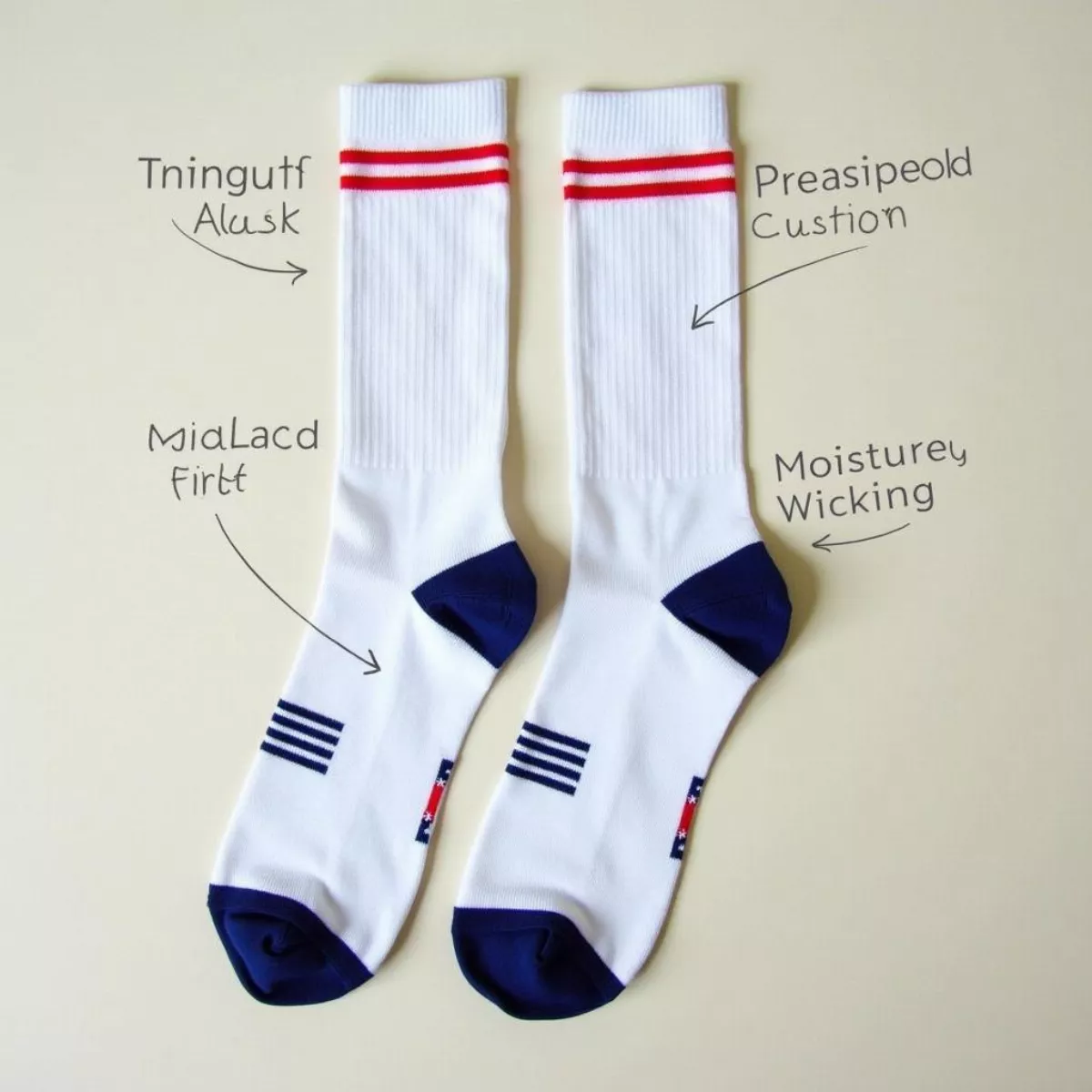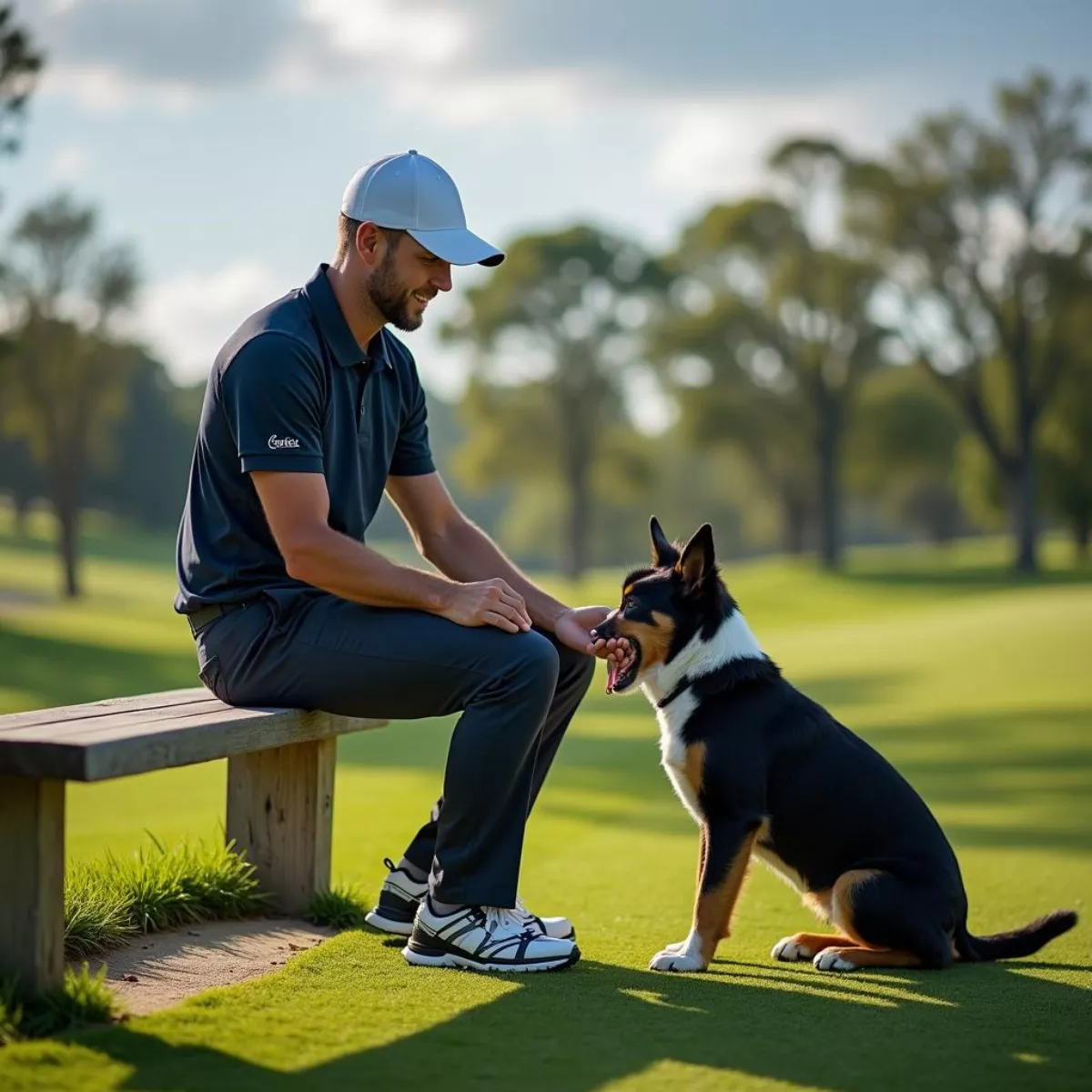So, you’re all set to hit the golf course. You’ve got your clubs, your balls, and your favorite glove—but wait. What to do if you don’t have golf shoes? Whether you’re a seasoned player or a weekend warrior, you don’t have to let a footwear mishap rain on your parade. This guide will provide you with alternative footwear options, tips for proper attire, and the best practices for comfort and performance on the golf course.
The Importance of Proper Golf Attire
Before we dive into alternatives for golf shoes, it’s crucial to understand why proper attire matters in golf. Wearing the right shoes—be they specifically designed for golf or not—can greatly affect your performance. Here are a few reasons why shoes are important:
- Stability and Support: Good footwear provides the traction and stability you need for a smooth swing.
- Comfort: Long hours on the course can be taxing, and ill-fitting shoes exacerbate that.
- Weather Conditions: Proper footwear keeps your feet protected from different weather conditions, such as wet grass or uneven terrain.
Now, if you don’t have golf shoes, don’t worry—we’ve got you covered!
Alternative Footwear Options
While golf shoes are ideal, there are several alternative options that can still get the job done nicely. Here’s what to consider:
1. Athletic Sneakers
- Pros:
- Good grip on various surfaces
- Offers cushion and support
- Breathable for those hot days
- Cons:
- May not provide the level of traction found in golf shoes
- Can wear out faster on the course
When choosing sneakers, opt for those with a sturdy sole and good traction. Look for styles with a close fit to ensure no slipping during your swing.
2. Trail Running Shoes
- Pros:
- Designed for uneven terrain
- Outstanding grip on grass and dirt
- Comfortable and lightweight
- Cons:
- May lack spikes or specific features for golf
Trail running shoes offer excellent support and traction, making them a great substitute for golf shoes.
 Trail running shoes for golf
Trail running shoes for golf
3. Cross-Training Shoes
- Pros:
- Versatile for various sports
- Good lateral support
- Usually lightweight and comfortable
- Cons:
- May not feature golf-specific traction
If you have a pair, cross-training shoes can work well, especially for maintaining balance and footwork during swings.
4. Loafers or Casual Shoes
- Pros:
- Comfortable and stylish
- Easy to slip on and off
- Cons:
- Lack of grip and support
- Not suitable for wet conditions
Though not ideal, a pair of casual shoes can work in a pinch, particularly on dry, flat courses.
5. Sandals (with Caution)
- Pros:
- Breathable and casual
- Easy to wear in hot weather
- Cons:
- Not suitable for serious play
- Lack of support and traction
Sandals can be an option for casual play, but avoid them if you plan on taking your game seriously.
6. Specialty Golf Socks
Even if you can’t wear golf shoes, specialty golf socks can enhance comfort and prevent blisters. Look for moisture-wicking fabrics and extra cushioning.
 Specialty golf socks for enhanced comfort
Specialty golf socks for enhanced comfort
Choosing the Right Golf Attire
Wearing appropriate clothing is essential for comfort and performance on the course. Here are key clothing tips to keep in mind:
- Shirts: Opt for a polo shirt made of breathable, moisture-wicking material. This keeps you cool and dry while adding a classic golf look.
- Pants/Shorts: Choose golf shorts or trousers that allow free movement. Look for stretchy materials for comfort.
- Layering: If the weather is unpredictable, bring along a lightweight jacket or windbreaker.
- Accessories: Don’t forget a cap or visor for sun protection and sunglasses to shield your eyes.
Tips for Playing Without Golf Shoes
- Assess the Course Conditions: Check the terrain. If it’s wet, you might want to stick to shoes with better grip.
- Check Your Fit: Make sure the shoes you decide to wear fit snugly but comfortably. Ill-fitting shoes can lead to blisters and discomfort.
- Practice Your Swing: If you’re using non-golf shoes, practice a few swings before you tee off. This helps you adjust to any differences in grip or support.
- Be Mindful of Etiquette: While many courses are relaxed about footwear, it’s a good practice to check the dress code for the specific course to avoid any issues.
Caring for Your Feet
Regardless of your shoe choice, take care of your feet when golfing. Here are some tips:
- Keep your feet clean and dry.
- Use anti-chafing cream if necessary.
- Wear moisture-wicking socks to avoid blisters.
- Stay hydrated, especially on hot days.
 Golfer resting and caring for their feet
Golfer resting and caring for their feet
Key Takeaways
- Alternatives to golf shoes: Athletic sneakers, trail running shoes, cross-training shoes, loafers, or sandals can work in a pinch.
- Proper clothing is essential: Opt for moisture-wicking fabrics, and breathable materials, and pay attention to course dress codes.
- Care for your feet: Prioritize comfort, use the right accessories, and take care when selecting your footwear.
FAQs
- Can I wear flip-flops on the golf course?
- While it’s possible, flip-flops lack support and traction and are not recommended for serious play.
- Are regular sneakers enough for casual rounds?
- Yes! Athletic sneakers can provide enough stability and comfort for casual play.
- Should I wear socks with my sneakers?
- Absolutely! Wearing socks helps prevent blisters and offers additional comfort.
- What if it rains during my game?
- If the course is wet, choose shoes with better grip. Be cautious on slippery ground.
- Can I wear jeans or cargo shorts on the golf course?
- This depends on the course’s dress code. Many courses have specific policies regarding acceptable attire.
- How do I choose the right pair of shoes for golfing?
- Look for shoes that offer stability, good grip, and comfort for long hours on the course.
- Is it better to wear lightweight shoes on the golf course?
- Lightweight shoes can reduce fatigue, but ensure they still provide support and traction.
- Do I need specialized socks for golfing?
- It’s not mandatory, but specialty golf socks can enhance comfort and help with moisture management.
- Can I wear my normal work shoes for golf?
- Regular work shoes should be avoided as they often lack grip and support required for golfing.
- What should I do if my shoes are uncomfortable?
- If your shoes are uncomfortable, it’s best to change them if you have alternatives available to avoid issues during your game.
In conclusion, while having golf shoes is optimal, there are several alternatives that can help you enjoy your time on the golf course without you worrying about your footwear. With the right approach, you can maintain both your game and your style!

